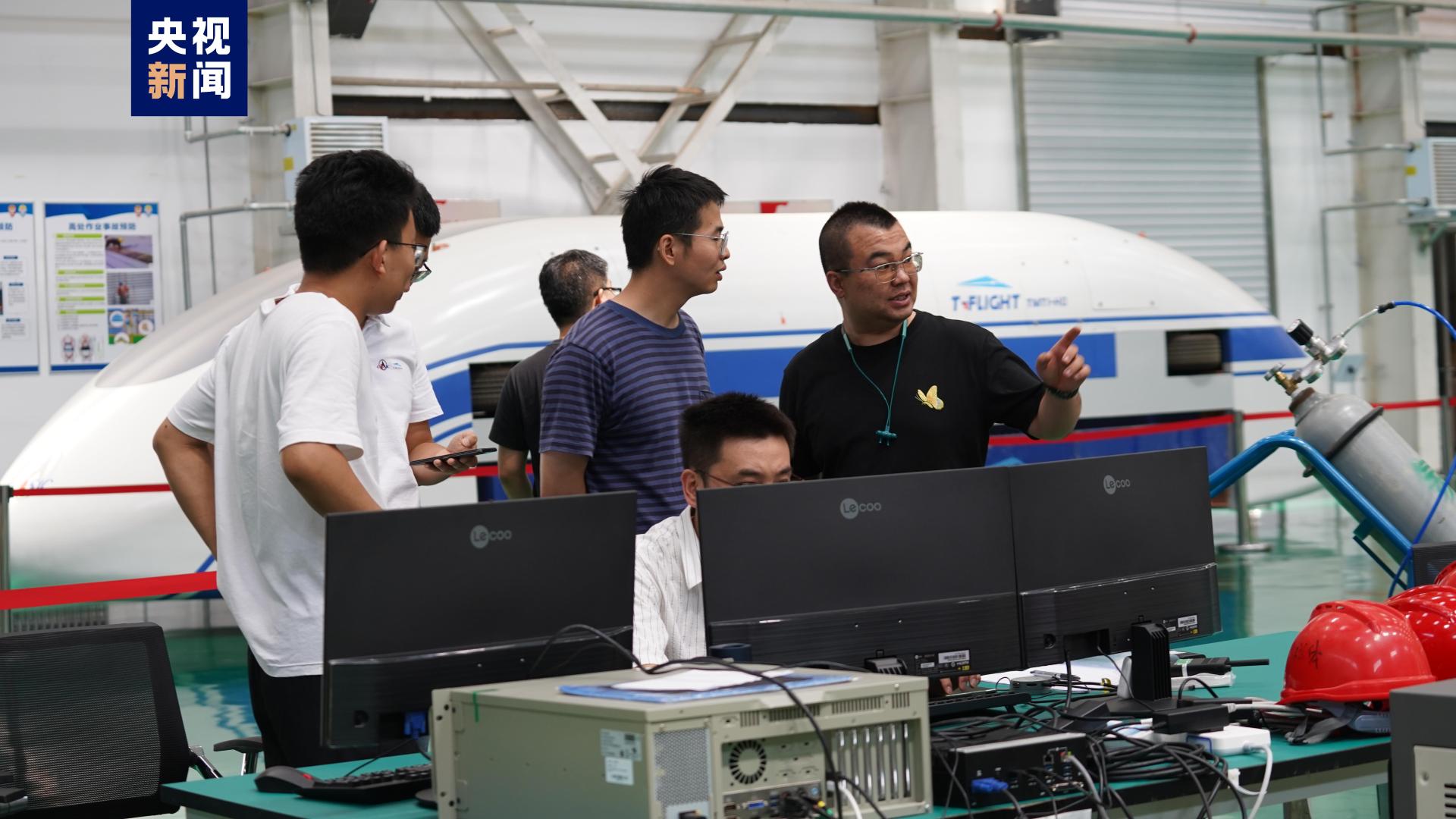Nvidia and AMD's 15% Revenue Deal Impact on Semiconductor Trade

The recent agreement between Nvidia and AMD to pay 15% of their revenues from chip sales in China to the U.S. government marks a significant shift in the landscape of global semiconductor trade. As semiconductor technology continues to be essential for advancing industries like artificial intelligence and cloud computing, this deal echoes ongoing geopolitical tensions between the U.S. and China. It raises critical questions about the future of international tech partnerships, as companies must navigate complex regulations related to national security while remaining competitive in lucrative markets.
This arrangement is primarily a response to U.S. export controls that have prohibited the sale of advanced chips to China, primarily due to security concerns that Chinese entities could utilize these technologies for military applications. Nvidia's H20 chip and AMD's MI308 chip are pivotal in this landscape, as they are designed for high-performance computing tasks essential in AI. By agreeing to give a portion of their revenue back to the U.S., these companies are essentially negotiating access to a market that holds immense value. This is not merely a financial transaction but a strategic maneuver illustrating the precarious balance between operational freedom and compliance with national security policies. The precedent it sets prompts interesting discussions about trade-offs made by corporations under the growing influence of state policies.
Moreover, the implications of such agreements extend beyond immediate revenue; they affect global supply chains and tech innovation strategies. Critics argue this deal could establish a troubling precedent, transforming the landscape where businesses may face pressure to compromise ethical standards for market access, akin to a tax for operation in competitive arenas. As these discussions unfold, they invite us to consider: How will the dynamics of global trade evolve as governments assert greater control in the tech sector? Gaining insight into these developments can help tech enthusiasts and industry professionals navigate future trends. For further exploration, various resources, including market analysis reports and discussions on U.S.-China relations in technology, can enhance understanding of this rapidly changing environment.
Read These Next

ByteDance Seed Unveils VeOmni for Omni-Modal AI Training
ByteDance has launched the VeOmni framework for omni-modal AI training, significantly enhancing efficiency and accessibility for developers.

From Artificial to Natural Food Colors: What's Next?
This article discusses the shift from artificial food colors to natural alternatives due to health concerns and consumer awareness. It highlights the innovations in food coloring from natural sources and the challenges companies face in complying with upcoming regulations.

China's 1000 kmh Maglev Train Successfully Completes Test
China's maglev train reached 1,000 km/h in a test, advancing transport innovation and aiming to connect cities efficiently.
